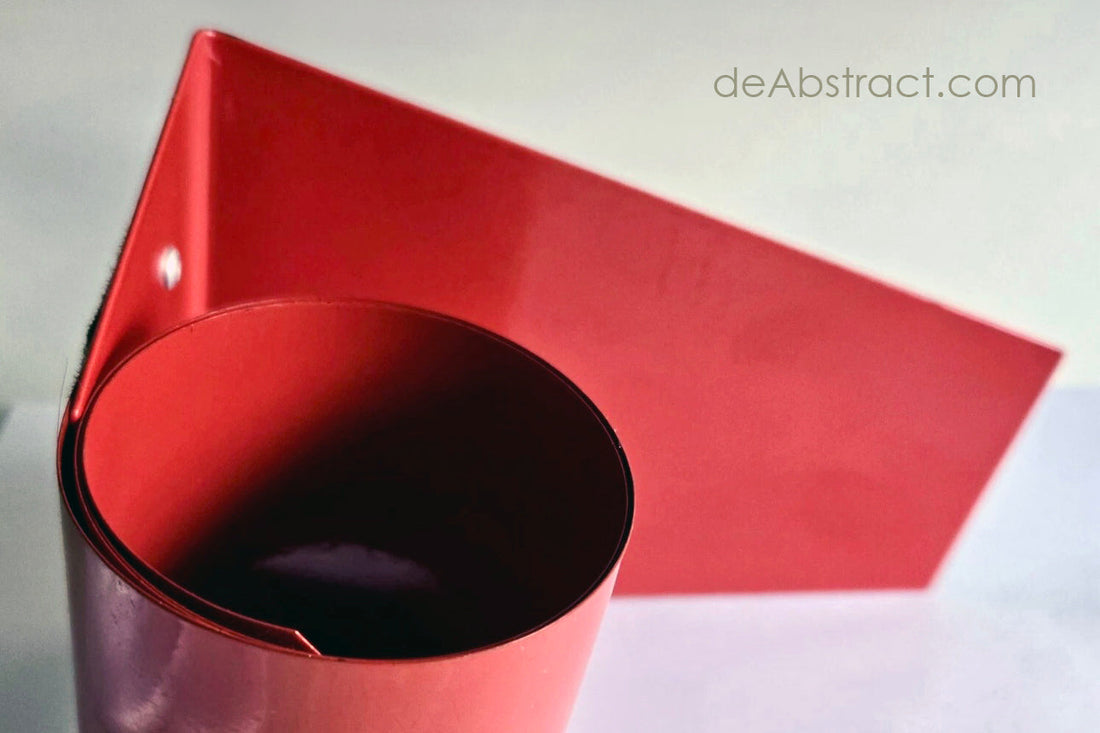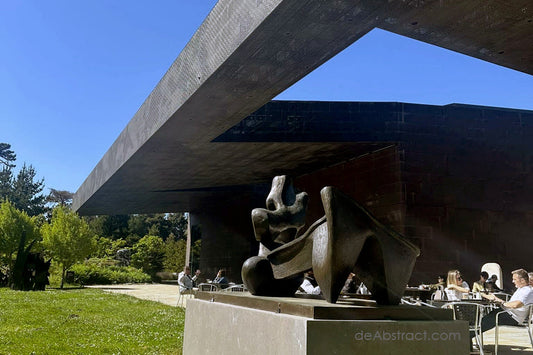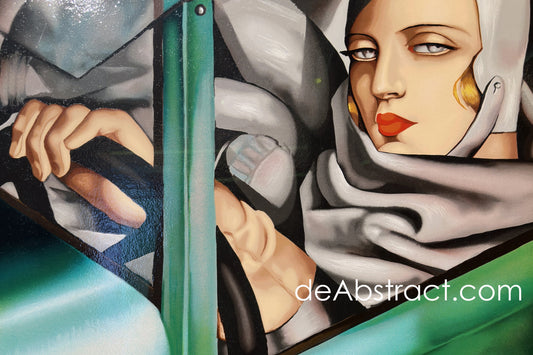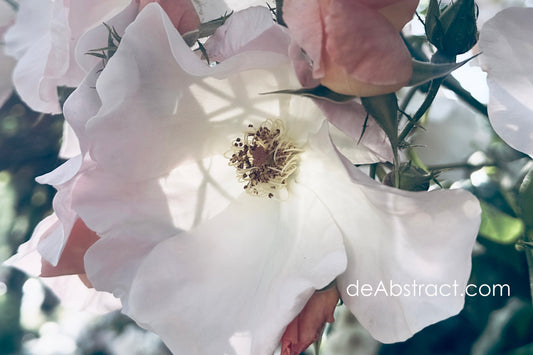
The Timeless Appeal of Bookends. Balancing Beauty and Function
Bookends are often overlooked as mere practical objects, tools to keep volumes upright on a shelf. But when viewed through the lens of design history, they become small yet powerful expressions of the artistic movements that shaped the 20th century.

Art Deco: Originating in the 1920s and 1930s, Art Deco was a celebration of modernity, luxury, and technological progress. The style emerged in France and quickly spread across Europe and America, influencing architecture, fashion, jewelry, and home decor, including bookends.

Art Deco bookends are typically characterized by:
- Bold geometric shapes: Zigzags, sunbursts, chevrons, and stepped forms.
- Luxurious materials: Chrome, marble, bronze, and glass.
- Motifs from ancient and exotic cultures: Egyptian sphinxes, gazelles, skyscrapers, and stylized nudes were popular.
- Symmetry and stylization: Often used to evoke a sense of order, modernity, and elegance.
Collectors cherish Art Deco bookends not only for their functionality but for their sculptural beauty. A pair of bronze panther bookends resting on black marble, or streamlined skyscraper shapes with mirrored glass insets, evokes an era of opulence and forward-looking optimism.

Bauhaus: Form Follows Function:
In stark contrast, the Bauhaus movement, founded in Germany in 1919 by Walter Gropius, championed minimalism, utility, and industrial design. The Bauhaus ethos rejected ornamentation in favor of clean lines and honest materials. Everything—furniture, textiles, architecture, and yes, even bookends—was designed to serve both form and function equally.

Bauhaus bookends typically reflect:
- Minimalist geometry: Circles, squares, triangles—nothing extraneous.
- Primary colors and neutrals: Bold reds, blues, and yellows, often on a black or white background.
- Materials of the machine age: steel, wood, and early plastics, such as Bakelite.
- Constructivist influence: Pieces often have a mechanical or architectural feel, inspired by engineering and abstract art.
A Bauhaus bookend might consist of nothing more than a bent piece of polished steel or a weighted cube in solid primary color. Yet, in their simplicity, these designs achieve elegance and timeless relevance—perfect companions to a shelf of philosophy or modernist literature.


Many Design Movements - One Shelf:
Though Book Ends can represent different periods, Art Deco and Bauhaus embody opposite ideals. Deco is ornamental and extravagant; Bauhaus is utilitarian and restrained. Yet both value craftsmanship and innovation. Their bookends offer an intimate way to interact with these larger design ideologies—at home, in the study, or on a gallery shelf.
Collectors often find joy in juxtaposing the two. An opulent Art Deco sculpture beside a crisp, minimalist Bauhaus piece creates a compelling visual tension. Together, they tell a story not just of design, but of the cultural crossroads of the 20th century—where luxury met logic, and style met structure.
Enduring Appeal:
Today, vintage and reproduction bookends in many styles remain highly collectible. They serve as elegant anchors to personal libraries, adding historical depth and artistic character to bookshelves everywhere. Whether you're drawn to the glamour of Gatsby-era Deco or the disciplined clarity of Bauhaus, these bookends do more than hold up your books—they hold up a century of design history.






